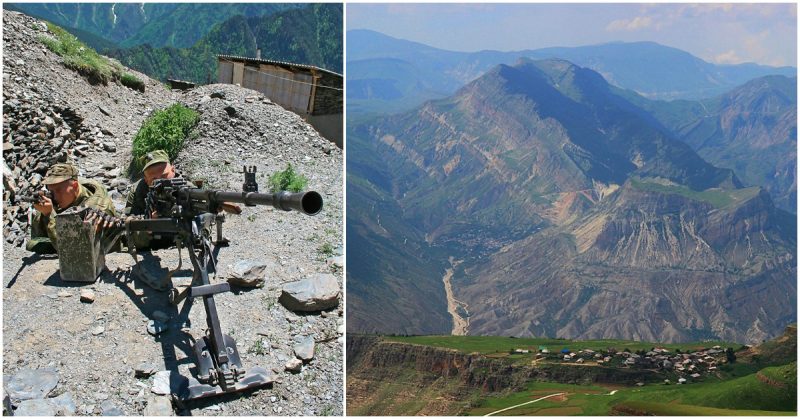On August 7, 1999, the troops of the “Islamic peacekeeping brigade” under the command of terrorists Shamil Basayev and Khattab (Samer Saleh al-Suwaylem) crossed the border of Dagestan and occupied the Botlikh region.
In a short time, the militants captured the villages of Rakhata, Tando, Shodrod, Godobery, Ansalt. After that, new columns of militants invaded the territory of the country. On the second day, practically without shots, they captured two more villages – Shodroth and Sieberkhali.
On the second day in the territory of Dagestan, terrorists spread information about the actions of two documents of the Islamic Shura of Dagestan: “Declaration on the restoration of the Islamic State of Dagestan” and “Decisions in connection with the occupation of the State of Dagestan“.
The documents followed the goal of liberating the country from Russian occupation and creating a new Islamic government. In addition, the “Resolution in connection with the occupation of the State of Dagestan” called upon all Muslims to become mujahedeen and to go to the jihad against the infidels.
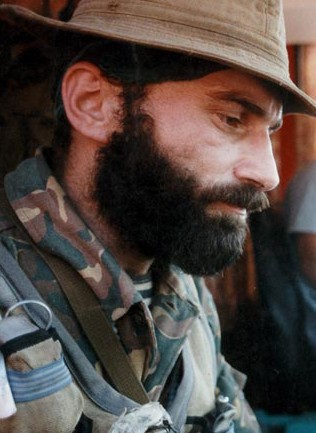
The main ideologist was Wahhabi Bagautdin Kebedov. After the seizure of power, television of Wahhabis began broadcasting in Dagestan. Shamil Basaeva and Khattab received the posts of commanders of the armed forces of Dagestan. Only on the 5th day of the invasion, the first serious battles took place. The beginning was the clash of militants and Russian soldiers on the hill “Donkey Ear“.
The battle for the “Donkey’s Ear” Hill
August 9, a group of militants led by Shamil Basayev took the hill of “Elilen” or “donkey’s ear”. This position was a bald mountain, located to the west of the village of Botlikh with a height of about 500 meters. The hill has two peaks with elevations of 1622.5 and 1361.5 m.
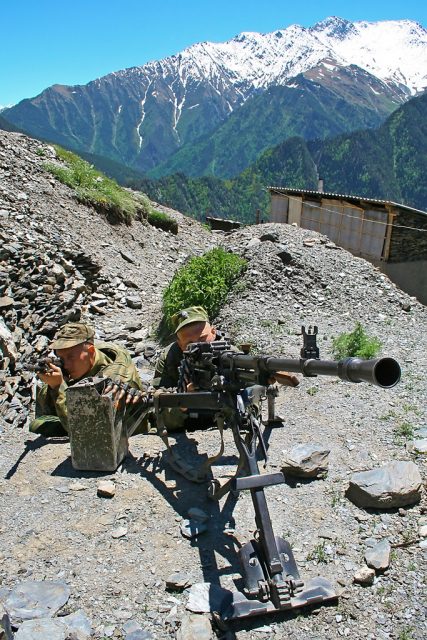
Positions of militants on the hill allowed them to attack Russian helicopters and view the movement of Russian paratroopers. On August 12, federal troops shelled these positions from the Grad rocket fire system and they conducted missile strikes with helicopter fire support.
On August 13, 63 paratroopers from the 108th Guards Parachute Regiment of the 7th Guards Airborne Assault Division under the command of Major Kostin and a reconnaissance platoon advanced to the hill. Three assault groups were created, each of which had its own task.
However, the main task of the squadron was to capture the hill and further adjust the air strikes against enemy positions in the villages of Shadroda, Rakhat, and Ansalt. By 5 o’clock in the morning, thanks to surprise, the paratroopers managed to expel the enemy from the lower peak.
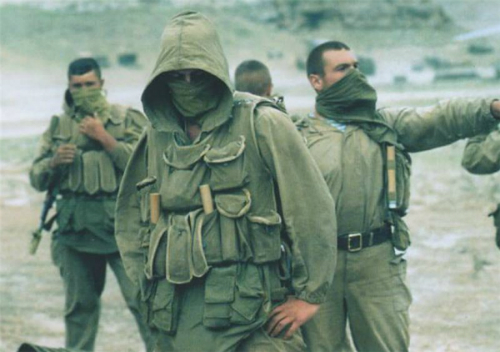
Memories of one of the paratroopers:
“We moved to the place in the evening. A group of Special Forces from the 22 brigade of the GRU led us to the hill. We arrived at 5.30 in the morning. One group was located below the main height where a mortar was placed, and the remaining 45 people, led by battalion commander Kostin, were focused on the main height.
About 6 in the morning the scouts saw 5 people climbing the high-altitude, it turned out that they were Mujahideen and we opened fire on them. From this moment on, fire contact began. Somewhere about 15 minutes was a sluggish battle. Apparently, they pulled up reserves, then they began a massive shelling of the hill. They were beaten with everything that they had PKM, snipers were firing from a nearby hill, shooting under-barrel grenade launchers, a little later the mortar crew began to work on our positions. And then the first attack of the Mujahideen from the side of the reconnaissance platoon began, about 20 people tried to break through to the high-rise. Scouts have repulsed the first attack. Then the attacks of the spirits went in waves …”
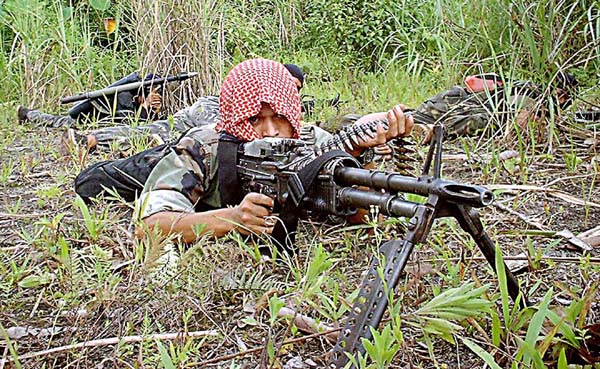
Sergei Kostin distributed his fighters to fire points and ensured the direction of artillery fire. Soon the militants began to attack the sniper and grenade launcher positions of the federal troops with massive mortar fire. At about 9:15, Kostin was wounded but did not leave the battlefield.
During the next storm, the militants managed to come close to the positions of the paratroopers. Kostin led counterattacks, which turned into melee fights. During the next battle, a shell fell into the command trench causing serious injuries and killing several Russian soldiers. Gathering the last reserves Major Kostin organized a counterattack. In the end, he was mortally wounded.
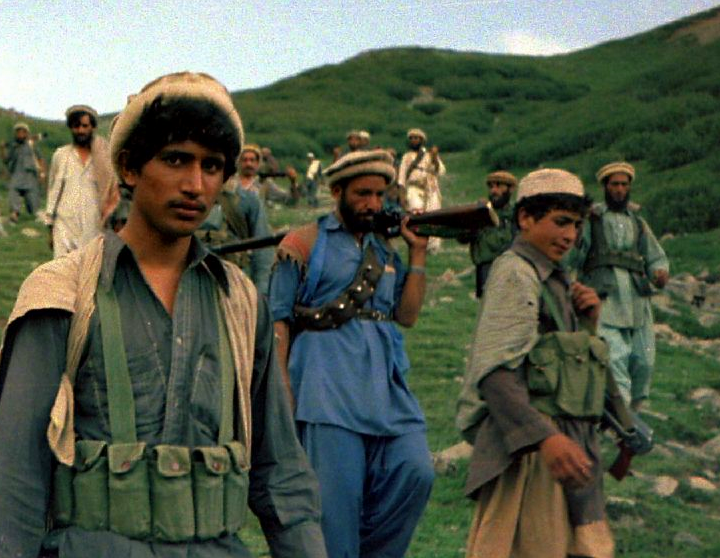
Later, motorized infantry units came to help the paratroopers. Recollection of one of the participants in the battle:
“The company was running out of ammunition at the end, it was decided to send ammunition with a helicopter and to sort out the situation about communications. The deputy battalion commander – Tseev, headed the group. The pilots showed incredible heroism, but the helicopter sat down between grenade explosions. As soon as our group was landed, the battalion commander has wounded again.
Tseev reported the situation and command decided to withdraw troops under cover of artillery fire …»
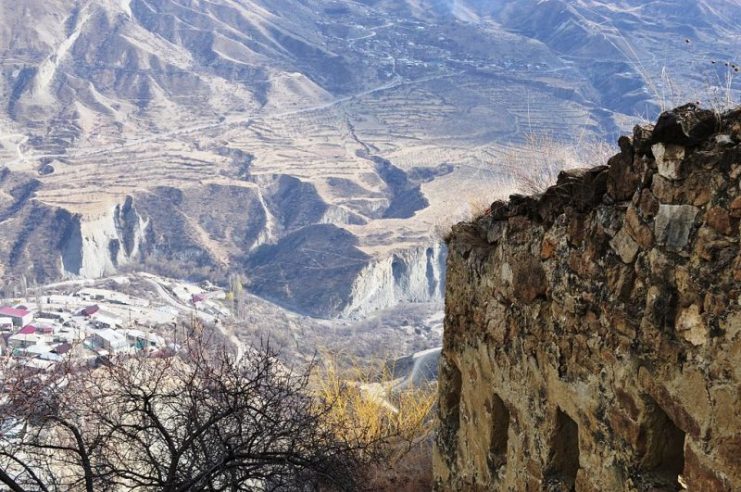
As a result of the battle, Russian soldiers were forced to abandon their positions. Together with Major Kostin, 11 soldiers were killed and 25 more were injured. The exact losses of the militants are unknown.
On August 18th, Russian paratroopers managed to get around the Donkey Ear to launch an attack, but without success. The memory of correspondent Alexander Babakin, an eyewitness to the events:
“A company commander, who had just left the battle, half-deafened, shouted angrily that his barely trained unit had been thrown on this accursed hill under the fire of machine guns and snipers …”
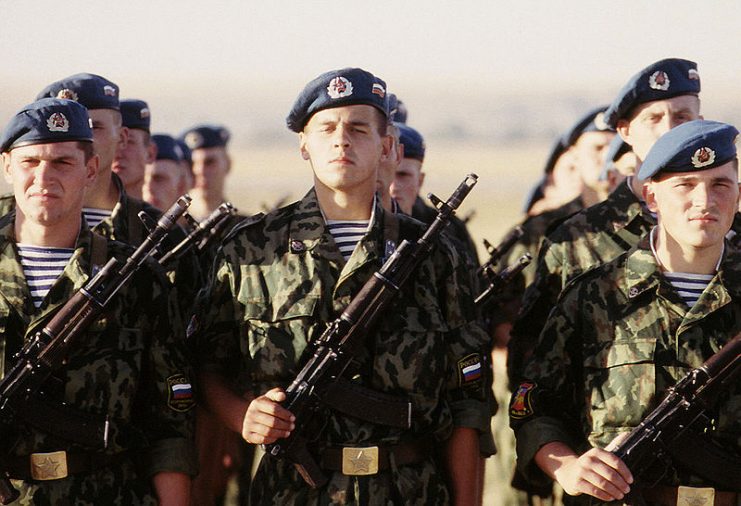
However, on August 19, the fire from the position of the militants became less intense. It became obvious that the Wahhabis were running out of ammunition. A couple of days later they left the position. Their withdrawal was also contributed to by the air strikes conducted during the period from 21 to 22 August.
Sergei Kostin posthumously received the awards “Hero of the Russian Federation”, “Order of Courage” and Medal “For Courage”. Despite the demonstrated resistance of the paratroopers, the actions of their commanders were criticized. Instead of delivering missile strikes, they sent soldiers. A more reasonable approach could’ve significantly reduced the loss of soldiers.
